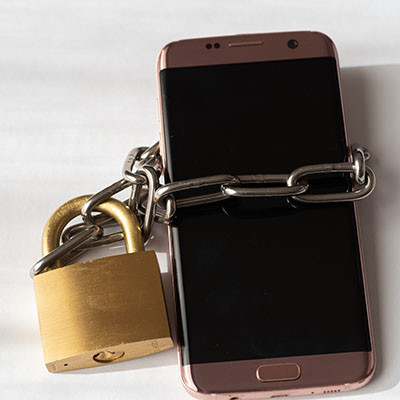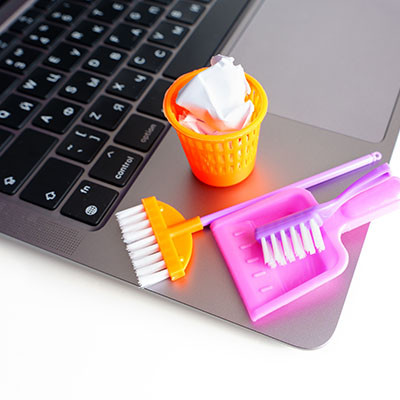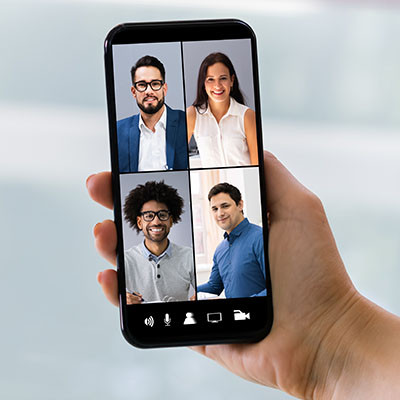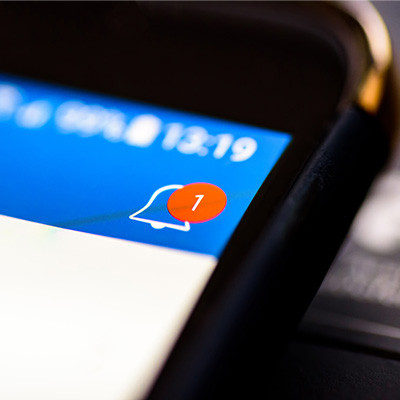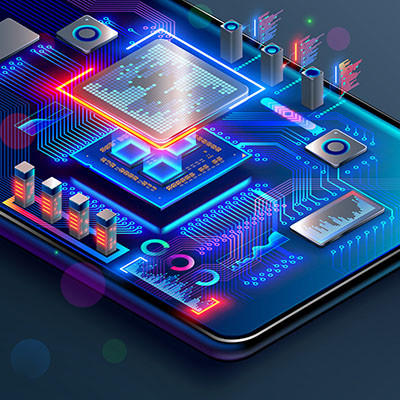Text messages are great. They’re a quick and effective means for us all to communicate.
Unfortunately, this does bring some downsides, too… namely, they’re a relatively simple means for a scammer to spread their attacks. Let’s discuss why this is so dangerous and how you can identify and avoid these threats.



